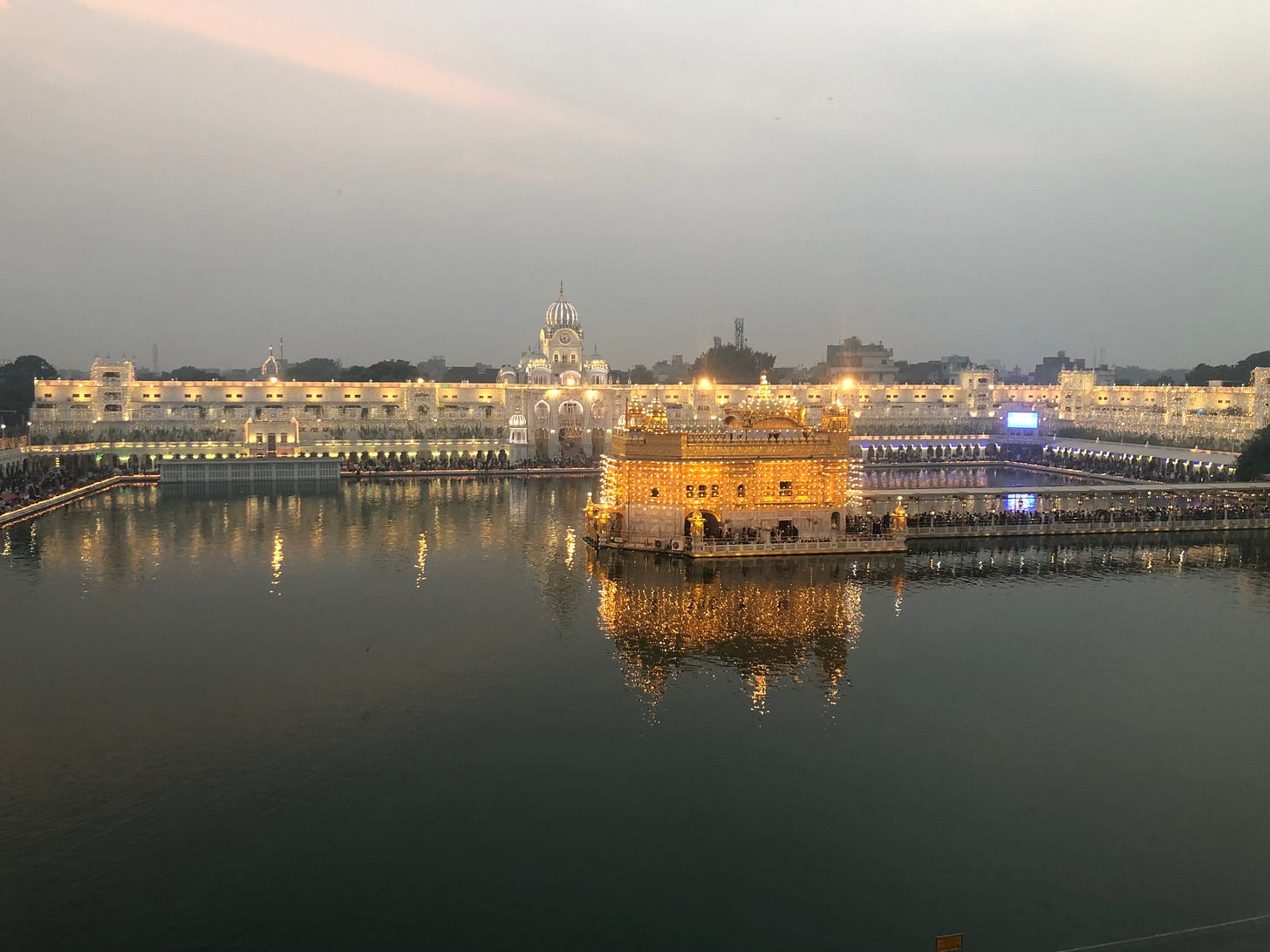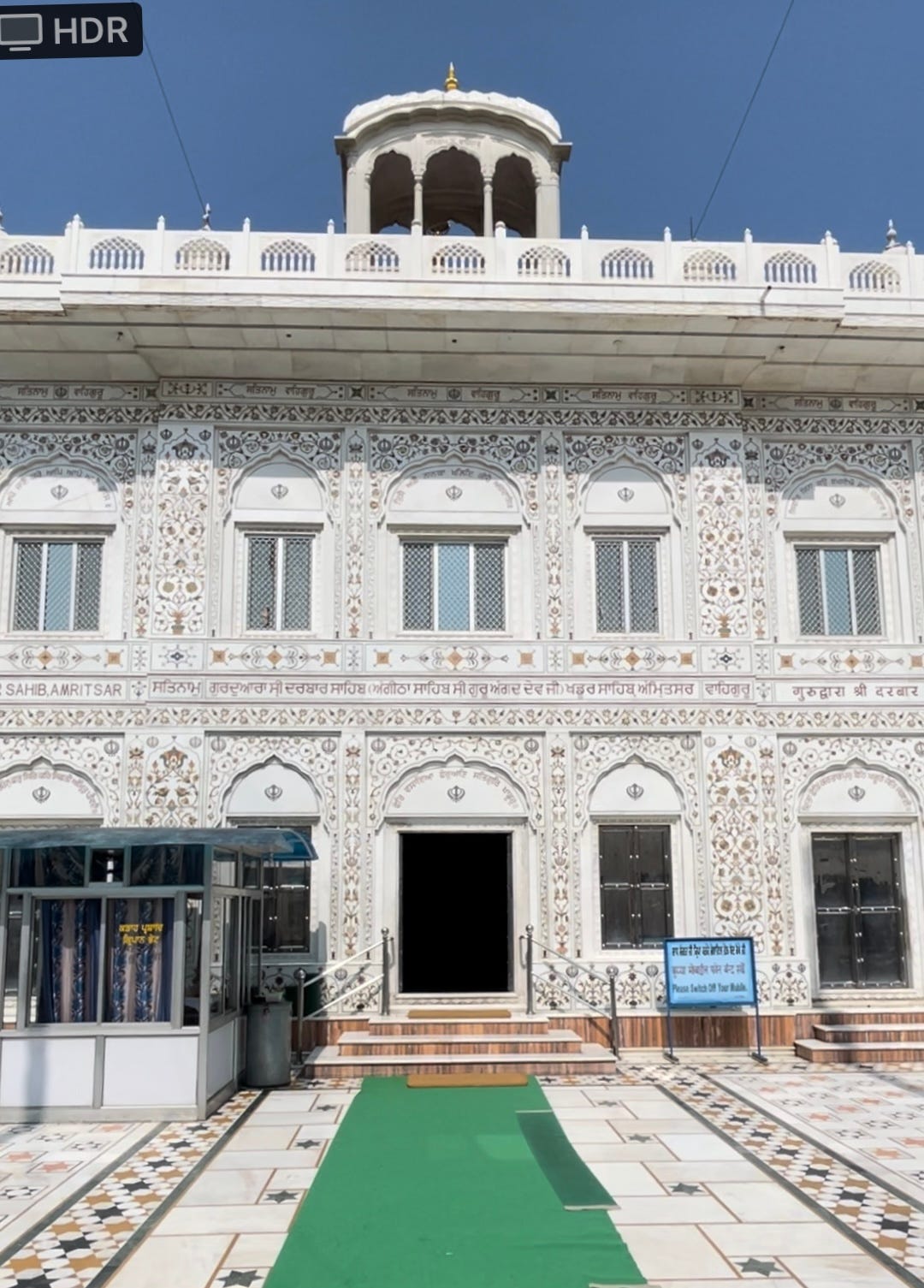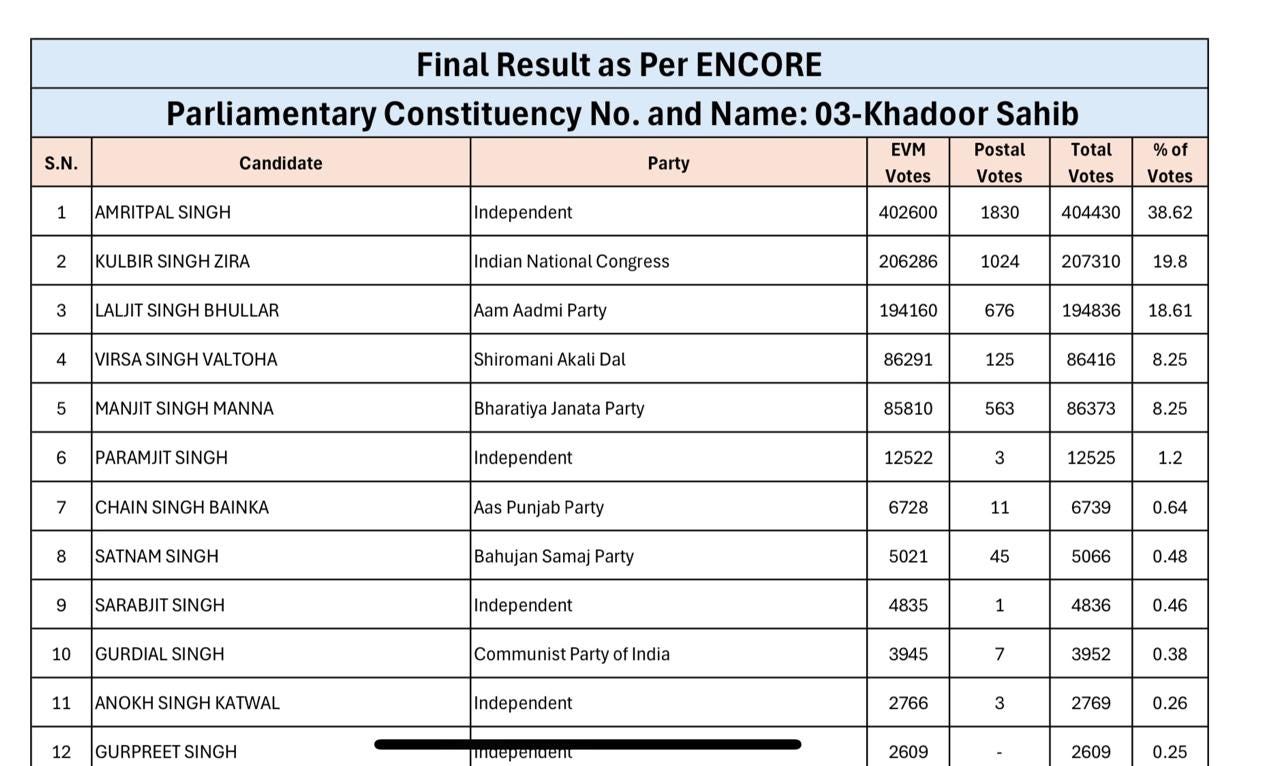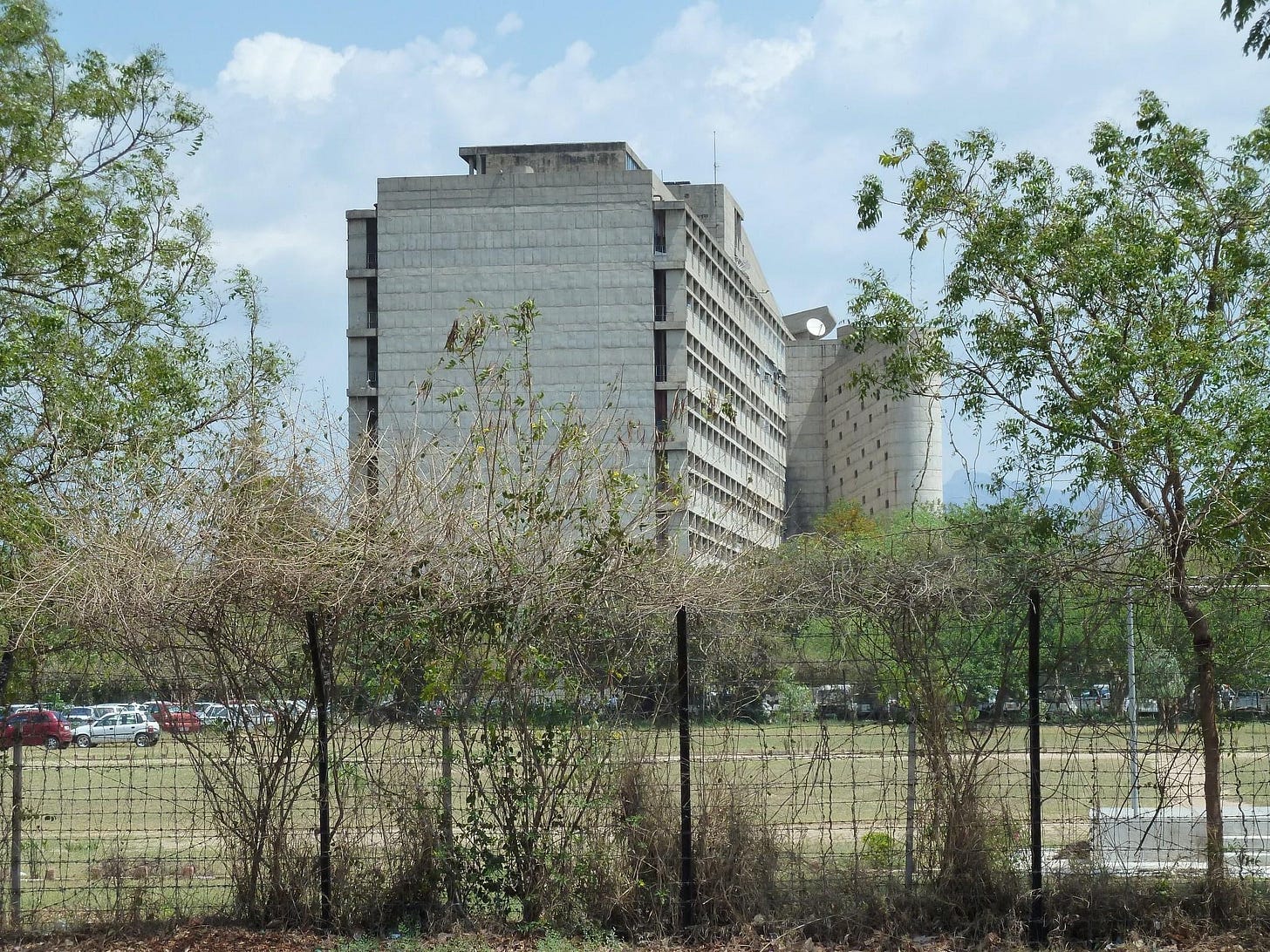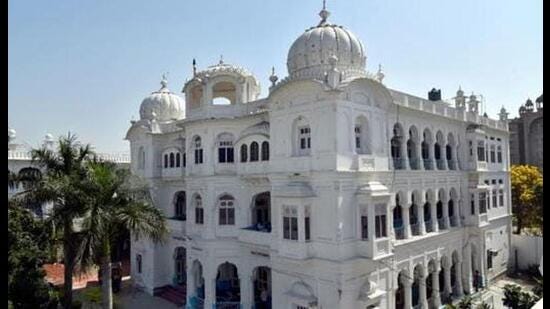Decoding Khadoor Sahib and Faridkot (SC) Results in Punjab
Decoding Khadoor Sahib and Faridkot (SC) Lok Sabha Constituency Results in Punjab: Lessons for Political Parties and "Independent Analysts"
Diverging from the National Trend
The 2024 Lok Sabha elections in Punjab diverged significantly from the national narrative. While the BJP grappled with a fragmented mandate across India, necessitating a coalition government with NDA allies, Punjab stood resolute as an unconquered stronghold. In this electoral theater, the Congress emerged as the dominant force, securing seven out of thirteen Lok Sabha seats. Trailing behind, the Aam Aadmi Party (AAP) clinched three seats, with the Shiromani Akali Dal (SAD) managing to retain just one. Notably, independent candidates secured victories in Khadoor Sahib and Faridkot (SC), underscoring the enduring sway of local dynamics. Despite its nationwide gains and concerted campaigning efforts, the BJP faltered in Punjab, failing to secure a single seat.
Dissecting Electoral Dynamics: Vote Share vs. Seat Allocation
Analysing the vote share percentages unveils a compelling divergence between popular support and actual representation. The Congress and AAP both secured nearly identical vote shares, standing at 26.30% and 26.02% respectively. However, this parity in popular mandate translated into a starkly contrasting outcome in terms of parliamentary seats: while the Congress clinched seven seats, the AAP secured only three. This glaring incongruity highlights the pivotal role of strategic campaigning and the nuanced distribution of votes across diverse constituencies.
Unveiling Voting Patterns: Insights into Party Performances
Of particular interest is the BJP's noteworthy performance despite its failure to secure a single seat. With its highest-ever vote share in Punjab at 18.56%, the BJP's electoral showing hints at a potential consolidation of the Hindu vote bank. Contesting sans its longstanding ally, the Shiromani Akali Dal (SAD), this outcome underscores the BJP's efforts to carve a distinct political niche in the state. Conversely, the SAD witnessed a dip in its Lok Sabha vote share, possibly marking its lowest-ever tally at 13.42%. Amidst this electoral tumult, independent candidates, buoyed by local and often panthic sentiments, collectively garnered 12.51% of the vote share. Their victories in constituencies like Khadoor Sahib and Faridkot (SC) underscore the enduring influence of regional dynamics on Punjab's electoral landscape.
Rise of Radical Voices and Independent Victories
The surprising victory of Amritpal Singh, a pro-Khalistan ideologue, in Khadoor Sahib, signals a potent protest against mainstream politics. This result, along with another independent candidate's win in Faridkot (SC), highlights deep-seated dissatisfaction with the political status quo. These outcomes suggest a growing disenchantment among voters, particularly in rural areas, with the established political parties' inability to address their concerns. The success of these independent candidates, often rooted in local and ‘panthic’ sentiments, underscores the electorate's desire for change and more responsive governance. This shift indicates that while separatist ideologies might not be widespread, there is a significant call for addressing neglected issues and a yearning for more effective political representation.
a) Resounding Victory in Khadoor Sahib
Amritpal Singh, an independent candidate, achieved a landslide victory in the Khadoor Sahib constituency with 404,430 votes, winning by a remarkable margin of 197,120 votes over Kulbir Singh Zira of the Indian National Congress (INC), who secured 207,310 votes. This margin is the largest for any winning candidate in Punjab during the 2024 Lok Sabha elections. Laljit Singh Bhullar of the Aam Aadmi Party (AAP) finished third with 194,836 votes, while Virsa Singh Valtoha of Shiromani Akali Dal (SAD) and Manjit Singh Manna of Bharatiya Janata Party (BJP) garnered 86,416 and 86,373 votes respectively. This significant victory margin may indicate a rising radical sentiment and the electorate's call for substantial political change in the state.
b) Stunning Upset in Faridkot (SC)
Independent candidate Sarabjeet Singh Khalsa secured a remarkable victory in the Faridkot (SC) constituency with 298,062 votes (29.38%), defeating his nearest rival, Karamjit Singh Anmol of the Aam Aadmi Party (AAP), by a significant margin of 70,053 votes. Anmol garnered 228,009 votes (22.48%). Amarjit Kaur Sahoke of the Indian National Congress (INC) finished third with 160,357 votes (15.81%), followed by Rajwinder Singh Dharamkot of the Shiromani Akali Dal (SAD) with 138,251 votes (13.63%), and Hans Raj Hans of the Bharatiya Janata Party (BJP) with 123,533 votes (12.18%). Khalsa's win, with nearly 30% of the vote share, indicates strong anti-incumbency sentiments against the established parties in Faridkot.
Analysts' Concerns and Our Response
"Worried" tele-analysts, particularly those focusing on Punjab from a distance, have expressed concern over the results in Khadoor Sahib and Faridkot. They interpret these outcomes as potential signs of rising radical and separatist tendencies. While most analysts avoid using the term "Khalistan," some have controversially labeled the electorates of these constituencies as "anti-national," drawing parallels with similar independent victories in Kashmir's valley constituencies. This narrative risks insulting the collective wisdom of voters and could further alienate these regions.
In the following paragraphs, we attempt to decode these results and provide a balanced analysis.
1. Contextualizing the Results
Firstly, the results of these two constituencies must be viewed in the context of the outcomes in the other 11 constituencies of Punjab. Notably, the self-styled Khalistan ideologue, Simranjit Singh Mann, failed to retain the Sangrur Parliamentary constituency, which he won in a 2022 by-election after Punjab CM Bhagwant Mann vacated the seat. Had there been a widespread surge in radical tendencies, he would likely have retained this constituency. Instead, Meet Hayer, a young and progressive Cabinet Minister of Punjab, won the seat for AAP with a substantial margin. The results in the other constituencies also reflect a similar pattern, with the Congress party securing victories in seven constituencies.
2. Interpreting the Victory of the Independent Candidates
The victory of the independent candidates in Khadoor Sahib and Faridkot, given their profiles, undeniably signals a resurgence of radical elements. Amritpal Singh, currently detained under the NSA in Dibrugarh, Assam, is the most controversial separatist figure to emerge recently. Sarabjeet Singh, the winner from Faridkot, is the son of Beant Singh, one of the assassins of Prime Minister Indira Gandhi. These victories reflect the collective hurt psyche of the Sikhs related to the events of 1984 and subsequent developments.
However, it is crucial to highlight that these candidates, like all others, took an oath to uphold and protect the Constitution of India upon filing their nomination papers. They will be required to take this oath again as Members of Parliament before participating in proceedings. Therefore, labeling them as anti-India is unjust, as their allegiance to the Constitution should quell such controversies. Articulating regional demands of Punjab and Sikhs should not be viewed as separatist. Instead, this scenario should be seen as an opportunity to integrate splinter elements of Punjab politics into the national mainstream.
3. Emotional Voting Patterns in Punjab
The Punjab electorate, especially in rural areas, sometimes votes collectively and emotionally. In the 1989 national elections, held under President's rule in Punjab, various candidates, including Simranjit Singh Mann, won by large margins. This included the widow and father of Beant Singh, the assassin of Mrs. Gandhi, whose son has now won from Faridkot. This surge, however, did not translate into a long-term political mandate. By 1992, Punjab had staggered towards an elected government, culminating in a low-turnout election that brought Beant Singh's Congress government to power during the Narasimha Rao era.
This current scenario should be viewed as a loud and clear signal to address the issues of Punjab and the Sikhs, whether through actions by the Government of India, the Punjab government, or bilateral engagements with Haryana.
4. Established Parties' Introspection Needed
The established political parties in Punjab should be concerned about these results, not because they signal separatist tendencies, but because the electorate in these 'halqas' has comprehensively rejected their policies and candidates. This calls for introspection on what went wrong and how they can better connect with the people. Given the predominantly Sikh demographics, it's easy to draw inferences about fissiparous tendencies, but the broader context of Punjab indicates an early warning for these parties. They must return to grassroots strategies to contest effectively in the 2027 Vidhan Sabha elections, aiming for a more just, equitable, and inclusive Punjab.
Failure to address these issues, particularly for regional parties like the Shiromani Akali Dal, will accelerate their decline, as evidenced by their all-time low vote share of 13.42%. The recent defiance— if not— revolt by one of the three SAD MLAs, Manpreet Singh Ayali, sends a strong signal to Sukhbir Badal. He must rejuvenate and re-invent his party, with a more democratic and consultative style of functioning, to prevent it from fading into oblivion.
5. The Importance of Continuous Grassroots Democracy
Democracy in Punjab, as elsewhere, is an ongoing process that doesn't begin and end with the Lok Sabha elections held every five years. The Gram Panchayat elections are due, and it is a constitutional obligation to hold these within six months of the previous Panchayati Raj Institutions' tenure. Now that the Lok Sabha elections are over, both the Punjab government and the State Election Commission are expected to promptly announce a schedule for these elections, ensuring they are conducted freely and fairly, ideally without political party symbols to foster genuine grassroots democracy in rural areas. Similarly, elections for Urban Local Bodies (ULBs), including municipal corporations, should also be held where due, to prevent indefinite bureaucratic administration.
These PRI and ULB elections will address local and developmental issues more effectively at the grassroots level. Elected representatives will serve as interface with the state-level political executive, facilitating better and quicker resolution of local issues and grievances.
6.0 SGPC Elections: A Statutory Obligation
Holding the SGPC elections, last conducted in 2011, is both a natural corollary and a statutory obligation under the Sikh Gurdwaras Act, 1925. The SGPC is a statutory body rooted in the history of the Sikh struggle and the Akali movement, managing historic Gurdwaras in Punjab, Himachal Pradesh, and Chandigarh. With Haryana recently forming its own committee, the lack of elections has allowed the general house to elect the SGPC President annually from the same electoral college, maintaining the Shiromani Akali Dal's dominance. Many Sikh youths, now over 21 years old, have been deprived of their right to vote for SGPC members for over a decade.
The Sikh Gurdwara Commission, appointed by the Ministry of Home Affairs, should coordinate with the State Government to complete voter registration by the extended deadline of 31st July 2024, and conduct these elections promptly and fairly. This will enable a truly democratic and representative body of Sikhs to manage their historic shrines.
6.1 Addressing the Sehajdhari Sikh Issue
The disenfranchisement of 70 lakh Sehajdhari Sikhs through a 2016 retrospective parliamentary amendment in the SGPC Act, 1925, must also be addressed to make the SGPC truly representative. This amendment, influenced by Sardar Parkash Singh Badal and then Law Minister Arun Jaitley, was enacted during the Modi government. Now, with the BJP/NDA government free from its alliance with the SAD, it is hoped that a fresh look will be taken at this issue, regardless of the pending litigation in the Punjab and Haryana High Court. Resolving this matter justly would benefit the Sikh psyche and the general stability of Punjab.
Postponing the SGPC election on the premise that it will hand over control to radical elements is neither fair nor democratic. It will only maintain the status quo, benefiting none but the Sukhbir Badal-led SAD.
7. Broader National Context and Regional Implications
In a broader national context, the BJP, under PM Narendra Modi's leadership, has garnered 240 seats and is poised to reach the 272-seat majority with its allies, potentially touching 290 seats. However, it's crucial to note that the Shiromani Akali Dal (SAD), Punjab's only legitimate regional party, is now unaffiliated with both the NDA and the INDIA alliance, having seen its vote share plummet to an all-time low of 13.43%. This political isolation could have implications for the sensitive border state of Punjab.
The Punjab state unit of the Congress party defied initial expectations by convincing the high command to contest the Punjab Lok Sabha elections independently, without aligning with AAP, even though they collaborated in other regions, including Delhi. Despite being national parties, both Congress and AAP representatives must prioritize Punjab's interests over their respective national directives.
While the Shiromani Akali Dal achieved a face-saving victory in Bathinda with Harsimrat Kaur Badal winning her fourth consecutive term, it may not significantly contribute to the NDA's numbers. Nevertheless, maintaining an open option for collaboration between the BJP and SAD could be beneficial as Punjab moves towards the 2027 Vidhan Sabha elections.
Towards Inclusive Governance: Responding to Electoral Discontent
The results of Khadoor Sahib and Faridkot must, therefore, be seen as an opportunity, rather than a threat. United action is imperative to navigate Punjab's intricate political landscape and emerge fortified. The era of division has concluded; the time for concerted effort is now. The recent electoral outcomes should be seen as a chance for political parties to reconnect with the electorate, addressing their concerns and aspirations. Thus, political parties and analysts should not view this as a radicalisation of Punjab. By focusing on inclusive governance and grassroots engagement, Punjab's leaders can transform discontent into progress, and our 7-pointtemplate could provide a rough blueprint, if not a roadmap. This optimistic approach not only allays fears of radicalization but also paves the way for a more unified, prosperous, and equitable future for all Punjabis.
If you believe this article would interest someone you know, please feel free to share it anonymously (for us), using any medium you prefer. Thank you for considering it!




